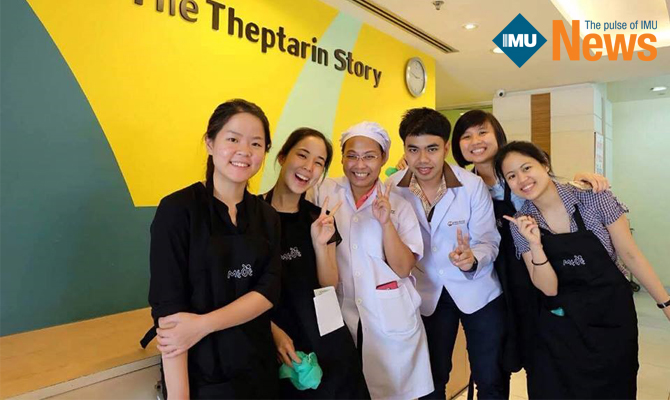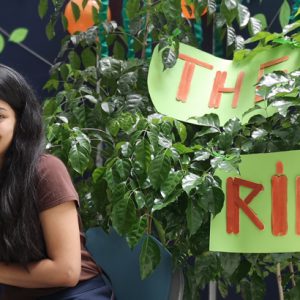The last month of clinical training for the IMU Semester 8, Nutrition and Dietetics programme (now known as Dietetics with Nutrition) exposed our students to external practice locally or at internationally. The external placement is for four weeks; from 7 March 2016 to 1 April 2016, in addition to the clinical training that students have undergone in their Semester 7 and 8. This placement includes various divisions at hospitals that enabled students to conduct hands-on patient counselling such as in the in-patient, outpatient, community and/or food service divisions.The objective is to broaden the students’ experience and provide opportunities to utilise aspects of their dietetics knowledge and skills in a workplace environment. 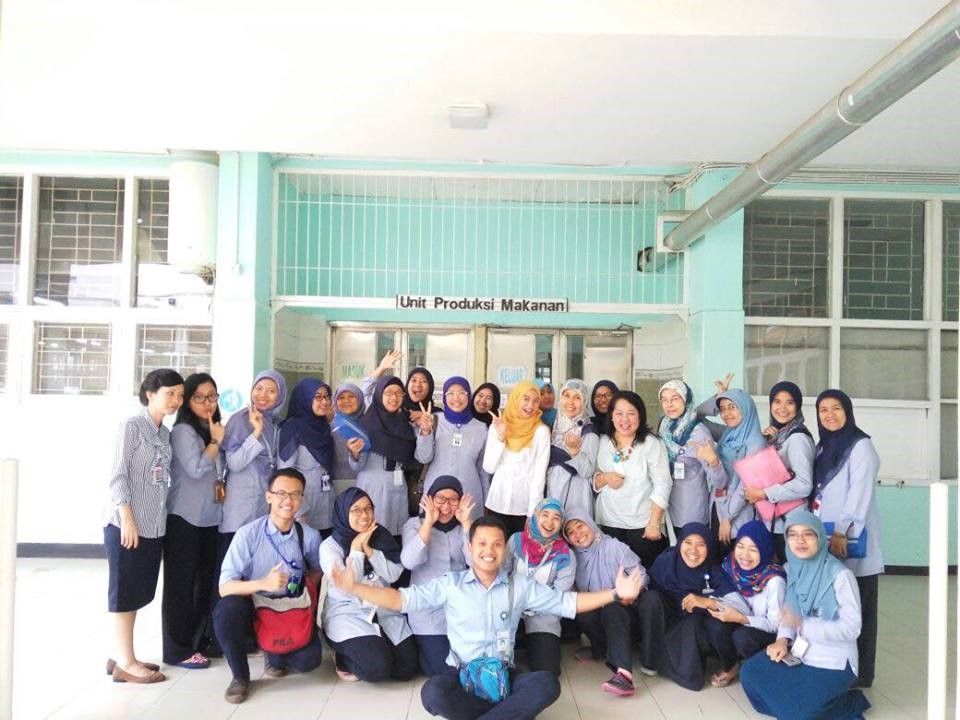 A total of 21 hospitals were involved in this clinical training placement. 13 of these hospitals are local hospitals: Assunta Hospital, Hospital Tunku Ja’afar, Hospital Lam Wah Ee, National Heart Institute, KPJ Damansara, KPJ Sentosa, KPJ Tawakal, Loh Guan Lye Specialist Centre, Prince Court Medical Centre, Regency Hospital, Subang Jaya Medical Centre, Tung Shin Hospital, University Malaya Specialist Centre and 8 hospitals are overseas hospitals. These hospitals are Theptarin Hospital Bangkok, Chang Gung Hospital Taipei, Veteran General Hospital Taipei, Taichung Veteran Hospital Taiwan, Shin Kong Wu Ho-Su Hospital Taiwan, National Yang Ming University Hospital Taiwan, Hospital Mangunkusumo Jakarta and RIPAS Hospital Brunei. Many students would grab any given opportunities to gain clinical experiences abroad in a blink of an eye and we were extremely blessed to be given the independence to choose which hospital we would like to practice in for our external placement. Truth be told, it wasn’t the type of hospitals locally or overseas that was important. Even though evidently international hospitals may seem to have more benefits in terms of learning a new culture and environment, however it was the experience and knowledge that we gained throughout our final month of clinical training that we captured, treasured and valued the most.
A total of 21 hospitals were involved in this clinical training placement. 13 of these hospitals are local hospitals: Assunta Hospital, Hospital Tunku Ja’afar, Hospital Lam Wah Ee, National Heart Institute, KPJ Damansara, KPJ Sentosa, KPJ Tawakal, Loh Guan Lye Specialist Centre, Prince Court Medical Centre, Regency Hospital, Subang Jaya Medical Centre, Tung Shin Hospital, University Malaya Specialist Centre and 8 hospitals are overseas hospitals. These hospitals are Theptarin Hospital Bangkok, Chang Gung Hospital Taipei, Veteran General Hospital Taipei, Taichung Veteran Hospital Taiwan, Shin Kong Wu Ho-Su Hospital Taiwan, National Yang Ming University Hospital Taiwan, Hospital Mangunkusumo Jakarta and RIPAS Hospital Brunei. Many students would grab any given opportunities to gain clinical experiences abroad in a blink of an eye and we were extremely blessed to be given the independence to choose which hospital we would like to practice in for our external placement. Truth be told, it wasn’t the type of hospitals locally or overseas that was important. Even though evidently international hospitals may seem to have more benefits in terms of learning a new culture and environment, however it was the experience and knowledge that we gained throughout our final month of clinical training that we captured, treasured and valued the most. 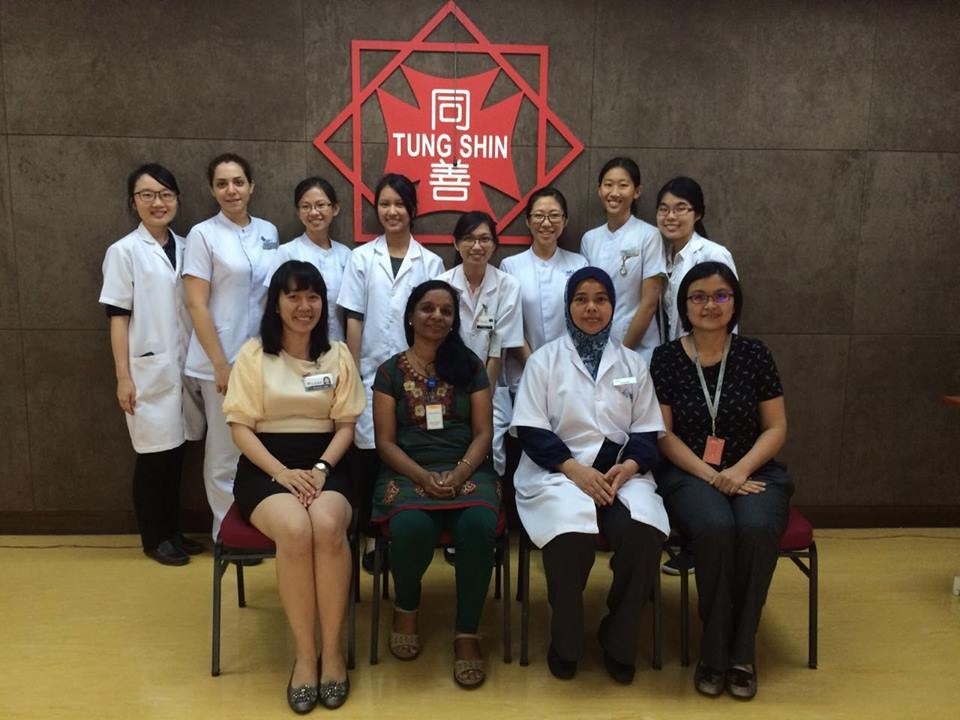 The most common similarities we found in each other’s hospital external placement were the use of ADIME format in writing case studies. The core of our dietetics practice is the Nutrition Care Process (NCP) where it is a systematic approach to providing high-quality nutrition care. It was published as part of the Nutrition Care Model and it is proven that all of the hospitals that the students practiced in used this strategy when dealing with patients daily. The use of the NCP does not mean that all patients/clients get the same care. They are individualised to each patient and many factors are taken into account before they could perform any intervention.
The most common similarities we found in each other’s hospital external placement were the use of ADIME format in writing case studies. The core of our dietetics practice is the Nutrition Care Process (NCP) where it is a systematic approach to providing high-quality nutrition care. It was published as part of the Nutrition Care Model and it is proven that all of the hospitals that the students practiced in used this strategy when dealing with patients daily. The use of the NCP does not mean that all patients/clients get the same care. They are individualised to each patient and many factors are taken into account before they could perform any intervention. 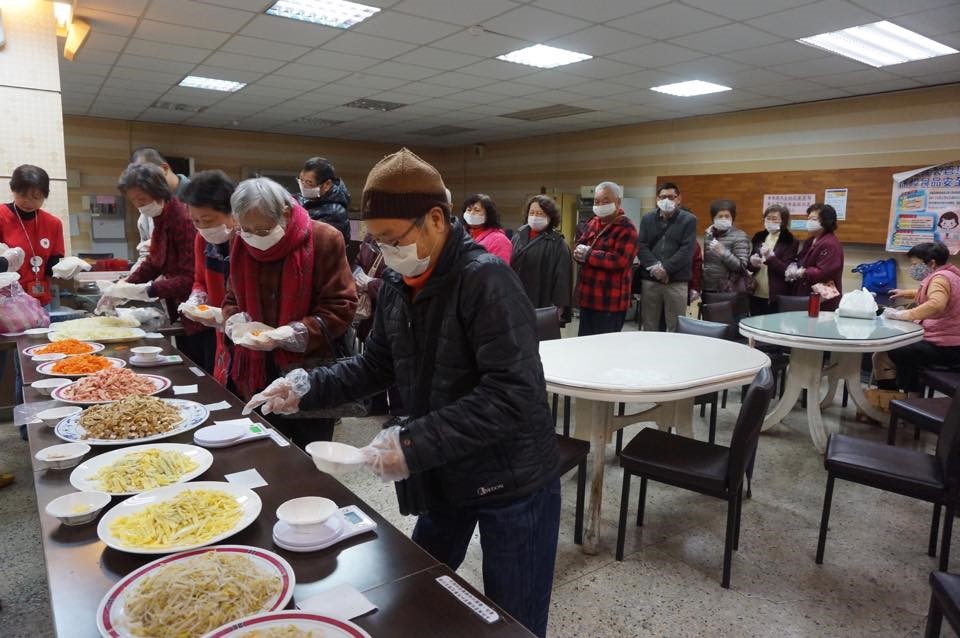 What we enjoyed the most was definitely the connection and bonding we made with all the dietitians in the hospitals. They were the ones who helped us guide our way through the final stages of our external placement and gave us a little push when any one of us were having bumps along the way. All of them were very good-natured and outgoing. They were willing to share their experience with us and never once did they make us feel like a fool for not knowing anything we were not sure of. There is a quote by a famous philosopher, Margaret Fuller who says ‘If you have knowledge, let others light their candles in it’. Nevertheless there were ups and downs to our external placement where we faced a few challenges along the way. It can be overwhelming to adapt to a new environment / hospital and culture and it took us quite a while to adjust to their hospital rules and regulations, hospital menus, location of the wards and blocks and also types of patients. Before we knew it, one month was over and our external placement was coming to an end. Given a chance, unquestionably we would love to extend the period of our external placement as one month was not enough for us to settle down.
What we enjoyed the most was definitely the connection and bonding we made with all the dietitians in the hospitals. They were the ones who helped us guide our way through the final stages of our external placement and gave us a little push when any one of us were having bumps along the way. All of them were very good-natured and outgoing. They were willing to share their experience with us and never once did they make us feel like a fool for not knowing anything we were not sure of. There is a quote by a famous philosopher, Margaret Fuller who says ‘If you have knowledge, let others light their candles in it’. Nevertheless there were ups and downs to our external placement where we faced a few challenges along the way. It can be overwhelming to adapt to a new environment / hospital and culture and it took us quite a while to adjust to their hospital rules and regulations, hospital menus, location of the wards and blocks and also types of patients. Before we knew it, one month was over and our external placement was coming to an end. Given a chance, unquestionably we would love to extend the period of our external placement as one month was not enough for us to settle down. 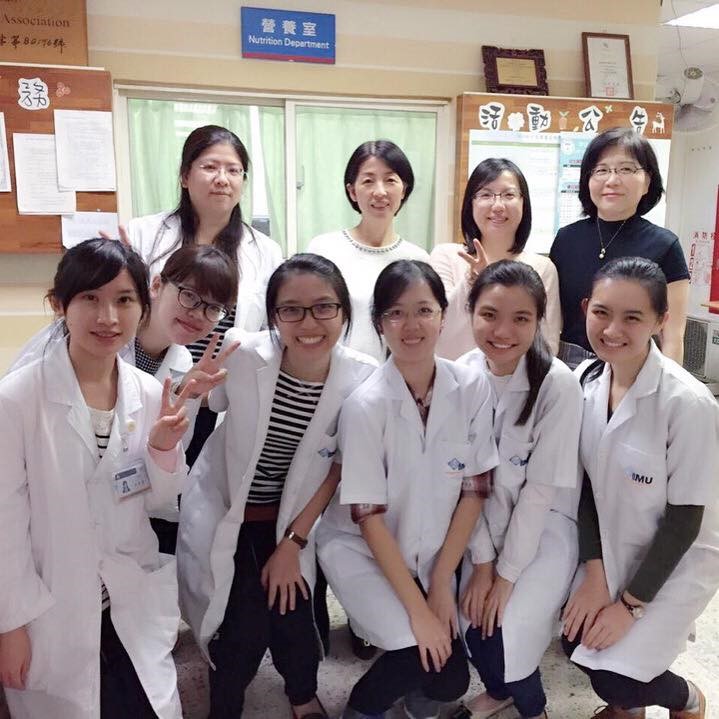 Another hiccup that we faced was having to deal with was difficult patients. As we were getting more exposure at the hospitals, we learned that theory was most certainly not the same as practical. In theory, most of the patients on paper were motivated and willing to change their lifestyle. In reality, some patients are still not ready to change their usual dietary habits/lifestyle and found it difficult as they lack motivation to do so. Therefore, over time and experience we learned how to handle these types of patients better. In summary, Semester 7 and 8 has without a doubt assisted us to boost our confidence in our abilities, encouraged our personal growth and also prepare ourselves to face the real working world when we graduate. IMU has helped us build our clinical competency in the dietetics field. Comments from some of our students: “Even though dietetics course in IMU is tough, it did trained us to be competent dietetic students, especially in communication skills” “It was enlightening and eye-opening to learn about government and private hospitals in Malaysia or internationally”.
Another hiccup that we faced was having to deal with was difficult patients. As we were getting more exposure at the hospitals, we learned that theory was most certainly not the same as practical. In theory, most of the patients on paper were motivated and willing to change their lifestyle. In reality, some patients are still not ready to change their usual dietary habits/lifestyle and found it difficult as they lack motivation to do so. Therefore, over time and experience we learned how to handle these types of patients better. In summary, Semester 7 and 8 has without a doubt assisted us to boost our confidence in our abilities, encouraged our personal growth and also prepare ourselves to face the real working world when we graduate. IMU has helped us build our clinical competency in the dietetics field. Comments from some of our students: “Even though dietetics course in IMU is tough, it did trained us to be competent dietetic students, especially in communication skills” “It was enlightening and eye-opening to learn about government and private hospitals in Malaysia or internationally”.
External placement was definitely the highlight of our Semester 8 and if we could turn back time to repeat the whole amazing experience again, we would.
Written by: Nur Fara Shahiera Binti Faizul (Final Year Nutrition and Dietetics Student)




